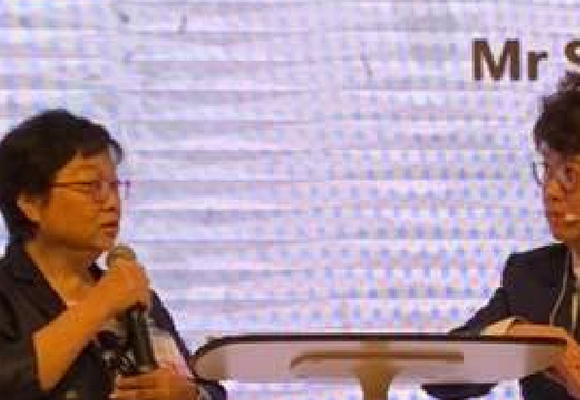Would You Look At That! Fixation, Fixation, Fixation
Right now as you read these words your eyes are fixating (looking) at successive points along with the screen. Visual fixation (looking) is the neuromuscular aiming of the eyes at a specific point in space. You can easily understand the need for fixation when you imagine someone involved in detailed work, like threading a needle, or sporting activities, such as throwing a baseball. According to many researchers, fixation is determined by three basic factors; the salience of the visual stimulus, memory or importance of the stimulus, and the nature of an activity we are engaged in.
Whether we fixate (look) on one thing or another can depend on the salience of the stimulus, or how prominent something is in the environment (like bright balloons). Color, illumination, contrast, and patterns determine how people perceive the prominence of something in their environment. Advertisers take advantage of this by presenting consumer products in a very particular way so that their product is prominently displayed with dramatic lighting and surrounding colors.
Have you ever stared at something unknowingly for several seconds until you realized the thing that caught your attention had actually triggered a memory or sequence of memories? Before you know it, you’ve been staring at it for several minutes. Recognition, memory, and familiarity are prominent aspects of fixation. How well we fixate on an object or scene is dependent on if the object or aspects of the scene are interesting, contrasting, or familiar to us in some way.
Clearly, some tasks are more important than others; driving versus watching television for instance. Safe driving requires one’s full attention and will demand fixation on the road ahead or other cars nearby. This is why the use of electronic devices, like a phone or music player while driving is so dangerous. Watching television can be a very passive activity and does not require we completely fixate on what’s happening. The nature of a particular task can override what we fixate on whether something in our environment has salience, prominence, or is memorable or familiar to us. Task fixation is one example of how we control what we fixate on and why.
Vision related challenges like convergence insufficiency; amblyopia and/or strabismus (the turning of an eye in or out) limit or prevent the eyes to aim at a specific point in space. Some studies suggest that this can affect twenty percent of children with learning related issues. Short and long-term memory can also be affected by vision related disorders.
If you have questions or concerns about fixation or any of the vision-related issues noted in this article contact developmental optometrists, like Neuro-Developmental Optometry, Board Certified in Vision Development & Vision Therapy. After a detailed screening and diagnosis, they can design a vision therapy program specifically suited to develop the most optimal and efficient visual system for you or your child.
This post is from Dr. Davis Vision Therapy center


